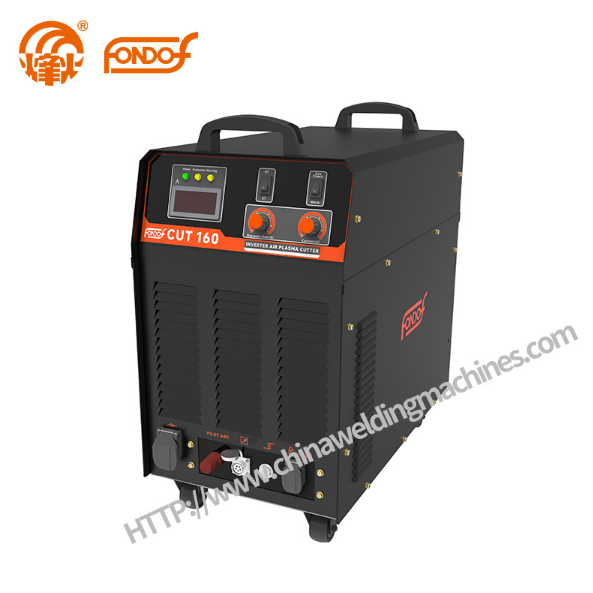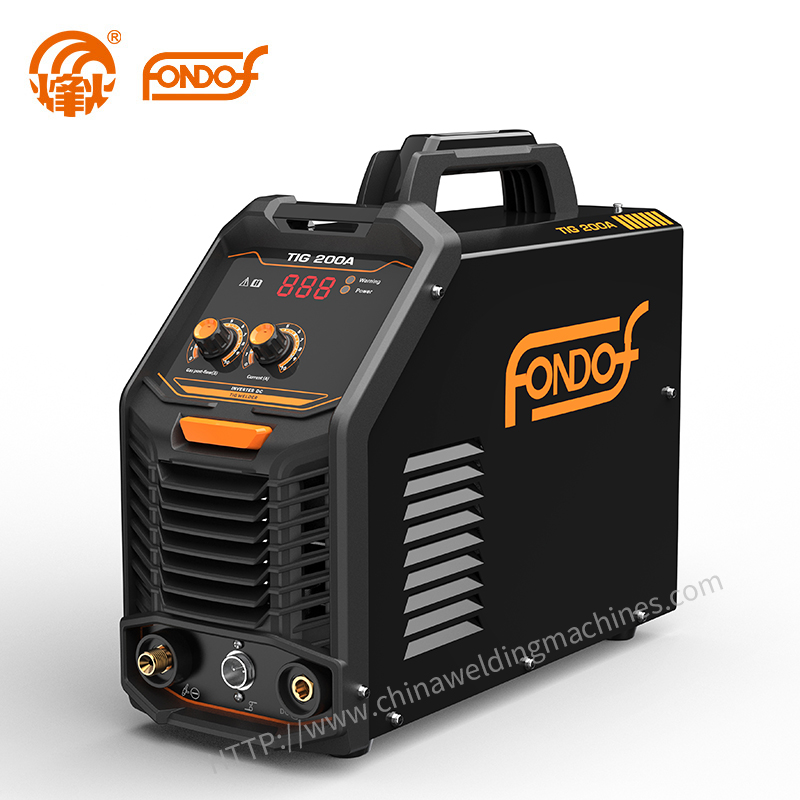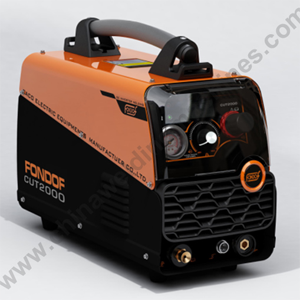What Gas Do You Use with a Plasma Cutter?
 Jun. 07, 2024
Jun. 07, 2024
Plasma Cutting: An Overview
Plasma cutting is a powerful yet simple process that uses an electric arc sent through a gas passing through the constricted opening of a copper nozzle. The extreme heat created elevates the gas's temperature, converting it to plasma, the fourth state of matter. The plasma's electrical conductivity causes the arc to transfer to the workpiece, and the high-speed gas cuts the metal effortlessly.
To work effectively, the material must be conductive, meaning a plasma cutter works on carbon steel, stainless steel, aluminum, copper, brass, and cast iron. The dense stream slices through these metals, and gas is also directed around the perimeter of the cutting area to shield the cut from contamination.
As you can see, the choice of plasma cutter gas is a crucial component of the plasma-cutting process. Selecting the right gas ensures optimal performance and results. You'll need to choose a gas that matches the type of metal you're cutting. In most cases, a single gas is sufficient, although special combinations of gases are occasionally required.
How Does Plasma Cutting Work?
Air plasma cutters are becoming increasingly common tools in various industries such as metal fabrication, construction, and automotive repair. These tools can cut through several types of metals, including steel, copper, brass, and aluminum, by generating an extremely high-temperature, electrical channel of ionized gas, otherwise known as plasma.
To create the fourth state of matter—plasma—the cutter sends an electric arc through a gas, typically oxygen, nitrogen, or argon, which rapidly increases the heat levels to the point where it surpasses a solid, liquid, or gas and becomes plasma. The machine then uses the plasma to transfer energy to any conductive metal, allowing it to cut through with minimal or no resistance. This method results in a clean, fast-cutting process.
Do You Need Gas for Plasma Cutting?
Gas is needed for a plasma cutter in order for it to work and create the plasma.
As mentioned, the most popular gases to use are oxygen, nitrogen or argon. Some plasma cutter systems include multi-gas features so a variety of gases can be used for different applications.
Different gases are used depending on the type of metal you are cutting.
Top 5 Most Common Plasma Cutter Gas Types
The most common plasma cutter gases include air, hydrogen, oxygen, nitrogen, and argon. All five of these work relatively well on thinner sheets of metal, one-half inch or less, but when the plate thickness increases, fabricators typically use a combination of these gases to improve production.
In addition to the metal's thickness, its chemical characteristics and the cut's dimensions will factor into the plasma cutter gas selection process.
Here is a detailed look at each plasma cutter gas:
Compressed Air
The most commonly used plasma cutter gas type is compressed air. Highly versatile and inexpensive, compressed air works well for lower current cutting on most metals, including mild steel, stainless steel, and aluminum, from gauge sizes to one-inch thickness.
One of the primary advantages of compressed air is its low cost and ease of storage. It can be used as either the main gas or a secondary fuel source, and it doesn't leave behind any particles as it cuts through metal, ensuring a clean and efficient cutting process.
Oxygen
Oxygen has become the go-to gas for cutting mild steel because it offers clean cuts and faster cutting speeds on carbon steels up to 1 ¼" thick. While it isn't recommended for cutting stainless steel or aluminum, you can count on high-quality cuts with a smooth face and dross (mineral waste formed on the surface of molten metal) that's easy to remove from the kerf (the slit made by cutting with a saw) when you use oxygen with carbon steel. Additionally, oxygen works effectively in combination with other secondary fuels.
Some disadvantages of oxygen include its cost and the shortened life of consumables. It doesn't work on shiny surfaces, making it ineffective on stainless steel and aluminum projects.
Nitrogen
Nitrogen is often chosen as the plasma cutter gas for higher current systems and cutting materials up to 3" thick. It produces quality cuts on most materials, including stainless steel, mild steel, and aluminum. For thicker metals, it's better to use nitrogen with air as a secondary gas. Additionally, using carbon dioxide as a secondary gas can increase the cutting speed and improve the finish.
Nitrogen is abundant and readily available in the atmosphere, making it an inexpensive choice. By itself, it's most effective on smooth and shiny thin sheets. However, you can use it with several secondary gases, such as air, carbon dioxide, and argon, for thicker materials.
Argon
Argon is a rare, inert gas, making it relatively expensive but unreactive with the metals it's cutting. Using argon gas improves the stability of the arc and prevents atmospheric contamination of welding pools. While its high kinetic energy makes it an effective gas for plasma cutting, it can't work alone because of its low conductivity. As a result, argon must be paired with an appropriate secondary gas.
Hydrogen
Hydrogen, along with being an excellent thermal conductor, possesses properties that enable quick cooling of hot metal surfaces. Because of this, hydrogen is ideal for cutting aluminum and stainless steel. However, despite its excellent conductivity, its low atomic weight prevents it from having high kinetic energy. Similar to argon, it must be combined with other gases to produce a high-intensity plasma flame.
Argon-Hydrogen Mixtures
Combining hydrogen and argon creates an outstanding plasma-cutting flame due to their contrasting properties. A standard mix of 65% argon and 35% hydrogen produces the hottest plasma cutting flame and some of the cleanest cuts. Typically used for cutting stainless steel and aluminum, the argon-hydrogen mixture is required for cutting material over 3" thick. It is also an ideal mixture for gouging practically any material.
Nitrogen-Water Combination
The nitrogen-water plasma cutter gas mixture utilizes nitrogen as the main gas and water as the secondary (shield) gas. The energy produced from the plasma gas splits the torch's water into its two components—hydrogen and oxygen. The hydrogen isolates the cutting zone from contamination, leaving a clean cut free of dross and oxides.
Since it is converted into its essential components, the water does not require disposal. Additionally, the water helps reduce fume and nitrogen oxide emissions. This affordable plasma cutter gas mixture produces a glossy finish on aluminum and stainless steel.





























